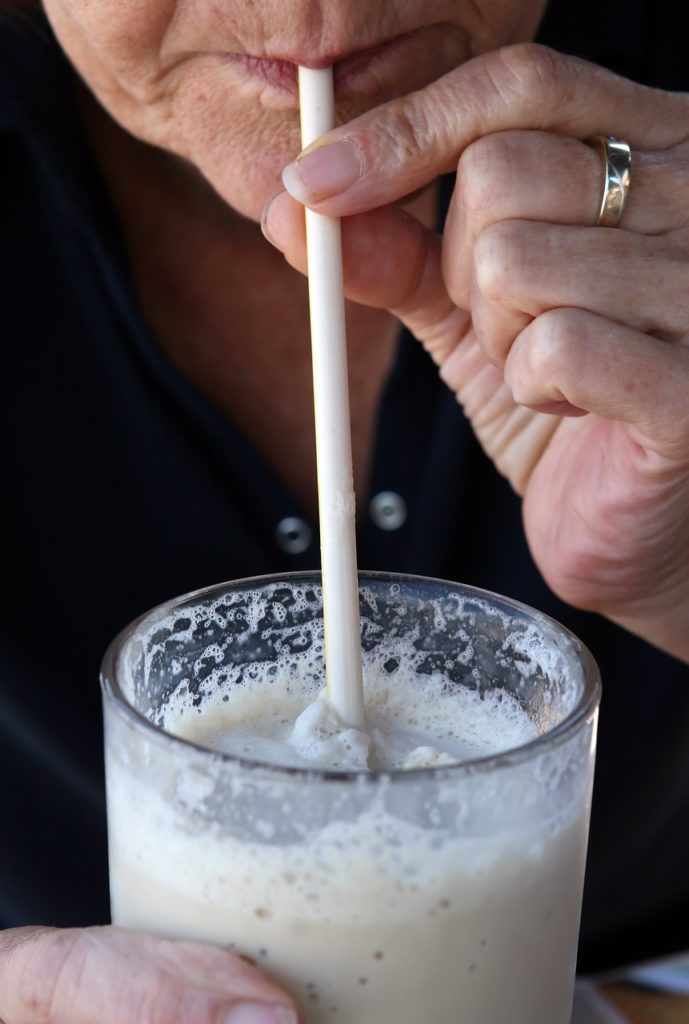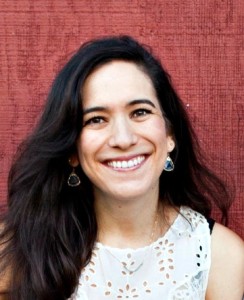- Calls to this hotline are currently being directed to Within Health, Fay or Eating Disorder Solutions
- Representatives are standing by 24/7 to help answer your questions
- All calls are confidential and HIPAA compliant
- There is no obligation or cost to call
- Eating Disorder Hope does not receive any commissions or fees dependent upon which provider you select
- Additional treatment providers are located on our directory or samhsa.gov
The Food Trend Craze: When Has It Gone Too Far?

Contributor: Crystal Karges, MS, RDN, IBCLC, Director of Content and Social Media at Eating Disorder Hope/Addiction Hope
Almost every day, there seem to be a new dieting trend pushed by the mainstream media, shared on a blog, promoted on social media platforms, or discussed by “experts” on talk shows. Everything from juice cleanses to supplements to not eating this or eating more of that, food trends promote dieting in the guise of “health”.
While it might seem that jumping on the bandwagon of food trends might be helpful for creating a more healthful lifestyle, the reality is that many of these food trends only confuse overloaded consumers and further create chaos and confusion about what a healthy relationship with food should look like.
Navigating the Food Trend Craze
It is important to understand that the dieting industry is a billion dollar industry, and marketing targets individuals who are vulnerable when it comes to their body and healthy. Food trends often arise from this very landscape or are meant to circulate and market some kind of product, weight loss plan, and the like.
Food trends often evolve over time. In the 90s, following a very low-fat diet seem to be the popular trend of the century, where anything with fat was avoided at all costs. This has evolved over time through the Atkins diet, which started the low-carb craze, all the way through the Paleo diet, whole foods only diets, and more.
Granted that some individuals must follow a certain type of diet in light of medical conditions, the general consumer typically only garners confusion from cycling dieting trends, along with fear about whether or not it is okay to eat certain foods.
The trouble about food trends is that they often demonize food or various food groups. One week, it might be deemed “bad” to eat anything with fat. Suddenly, all “processed foods” have become the culprit. The next thing we know, “red meat” is detrimental to health.
Coming Back to Basics
 In the midst of the confusion that is created about nutrition and health through these various food trends, it is important to come back to the basics about nutrition and health. Many consumers trust the information that is given to them through the news and through the proclamations of various “health experts”, but all of this deters from what we already know to be true. Albeit from health and medical complications, we are generally healthiest when we allow ourselves to consume of variety of foods in moderation. There are not “superfoods” that will make us healthy or “bad foods” that we need to avoid. Having a neutral relationship with food allows us to live healthier lifestyles rather than be plagued over what we should and should not be eating.
In the midst of the confusion that is created about nutrition and health through these various food trends, it is important to come back to the basics about nutrition and health. Many consumers trust the information that is given to them through the news and through the proclamations of various “health experts”, but all of this deters from what we already know to be true. Albeit from health and medical complications, we are generally healthiest when we allow ourselves to consume of variety of foods in moderation. There are not “superfoods” that will make us healthy or “bad foods” that we need to avoid. Having a neutral relationship with food allows us to live healthier lifestyles rather than be plagued over what we should and should not be eating.
Another important fact to understand is that food is not a moral issue. Because we are faced with an overwhelming amount of choices when it comes to food, it seems easier to separate foods based on what is “good” and “bad”. But when you break it down, food is really JUST food – nothing more than simple nourishment for our bodies, whatever form this might look like. Eating or not eating certain foods is not going to make us a good or bad person, and it is crucial to understand this truth.
Making Food Decisions
We have an inherent ability to eat based on what our body needs and wants, but it takes discipline and mindfulness to tune in to our bodies and listen to our most basic, intuitive signals. We do not need someone to tell us what to eat or follow the latest food trend to determine how to change our eating lifestyle – our bodies have all the wisdom needed to live a healthy lifestyle; we simply need to listen and honor those basic instincts.
Eating is meant to be nourishment, but also pleasurable. The chaos often created by food trends takes out the element of pleasure and joy in food. Gaining this perspective back begins with tuning out the outside noise and listening in to what your body needs.
Community Discussion – Share your thoughts here!
What are your thoughts on the role of food trends in eating disorder development?
 About the Author: Crystal is a Masters-level Registered Dietitian Nutritionist (RDN) with a specialty focus in eating disorders, maternal/child health and wellness, and intuitive eating. Combining clinical experience with a love of social media and writing, Crystal serves as the Director of Content and Social Media for Eating Disorder Hope/Addiction Hope, where her passion to help others find recovery and healing is integrated into each part of her work.
About the Author: Crystal is a Masters-level Registered Dietitian Nutritionist (RDN) with a specialty focus in eating disorders, maternal/child health and wellness, and intuitive eating. Combining clinical experience with a love of social media and writing, Crystal serves as the Director of Content and Social Media for Eating Disorder Hope/Addiction Hope, where her passion to help others find recovery and healing is integrated into each part of her work.
As a Certified Intuitive Eating Counselor, Crystal has dedicated her career to helping others establish a healthy relationship with food and body through her work with EDH/AH and nutrition private practice.
The opinions and views of our guest contributors are shared to provide a broad perspective of eating disorders. These are not necessarily the views of Eating Disorder Hope, but an effort to offer discussion of various issues by different concerned individuals.
We at Eating Disorder Hope understand that eating disorders result from a combination of environmental and genetic factors. If you or a loved one are suffering from an eating disorder, please know that there is hope for you, and seek immediate professional help.
Last Updated & Reviewed By: Jacquelyn Ekern, MS, LPC on October 30, 2016
Published on EatingDisorderHope.com

The EatingDisorderHope.com editorial team comprises experienced writers, editors, and medical reviewers specializing in eating disorders, treatment, and mental and behavioral health.

